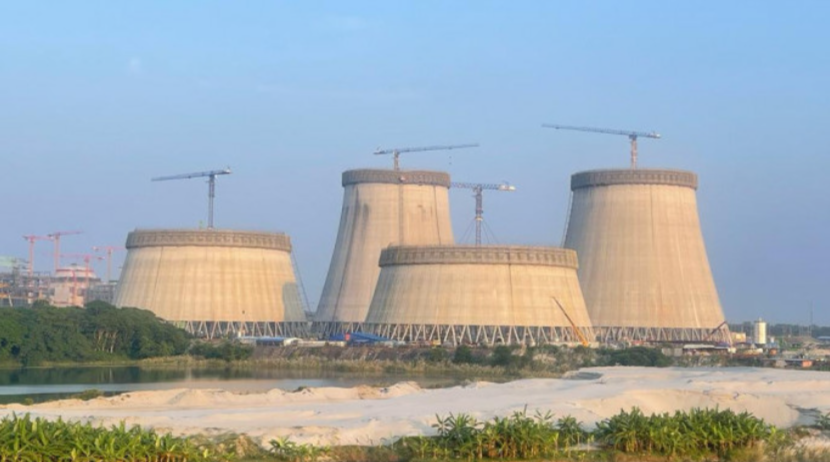Highlights
- IAEA team reviewed safety at Rooppur Nuclear Power Plant
- Mission assessed Unit 1 before commercial launch
- Team praised staff training and simulator use
- Recommended upgrades in fire safety, supervision, and equipment care
- Final report due within three months; follow-up in two years
Bangladesh’s first nuclear power facility at Rooppur has demonstrated a strong commitment to operational safety, according to an International Atomic Energy Agency (IAEA) review team that concluded its mission on 27 August.
The Pre-Operational Safety Review Team (Pre-OSART) visit, conducted at Dhaka’s request, assessed Unit 1 of the Rooppur Nuclear Power Plant (NPP) ahead of its commercial launch, the IAEA said in a statement. Such missions benchmark nuclear facilities against global safety standards before they begin loading fuel.
Located in Pabna on the banks of the Padma River, the twin-unit plant will add 2,400 MW(e) to Bangladesh’s grid once both Russian-built VVER-1200 reactors are operational. Unit 1 construction began in 2017, followed by Unit 2 in 2018.
The 14-member Pre-OSART team, drawn from eight countries including France, Germany and the UK, examined leadership, training, operations, maintenance, emergency preparedness and commissioning practices at Rooppur. They also observed day-to-day activities and held discussions with plant staff.
“The transition from commissioning to operations is one of the most important stages for the safe operation of a nuclear power plant,” said Simon Morgan, Senior Nuclear Safety Officer at the IAEA.
“The team observed a commitment from the plant management to assure that all the required pre-requisites are in place to enable this transition to take place safely and in accordance with national and IAEA standards.”
Among good practices highlighted was the Rooppur Training Centre’s use of a state-of-the-art simulator for refuelling machine operations – a model the IAEA says could benefit the wider nuclear industry.
However, the team recommended improvements in three areas: fire safety measures, supervision of operations, and equipment preservation during commissioning.
Md Kabir Hossain, project director of Rooppur NPP, said, “Bangladesh is committed to achieving and sustaining high standards of the operational safety and reliability of its first NPP, the Rooppur NPP. The country is reinforcing the high safety standards for Rooppur NPP by participating in the Pre-OSART mission to ensure compliance with IAEA safety standards for the plant’s construction and operation.”
He added that peer reviews such as Pre-OSART are “a vital tool for self-assessment, allowing the country to evaluate its adherence to international safety standards and identify weaknesses in the national nuclear programme.”
The IAEA team will deliver a final report to Bangladesh within three months after reviewing the operator’s feedback. A follow-up mission is typically carried out within two years.

